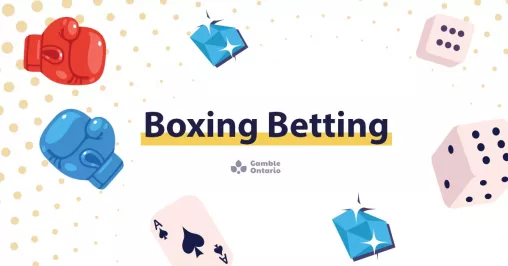Tennis Terms: The 32 Most Common Tennis Terms
If you’re planning to have some fun betting on tennis games, it’s crucial to familiarize yourself with the common terms used in the game. Here’s our expert’s practical guide on tennis glossary, covering every part of the sport from scoring to various shots.
The 32 Must-Know Tennis Terms
Ace: If your player serves a winner that the receiver doesn’t touch, that’s an ace. Keep an eye out for players who serve a lot of aces; they often have an edge in service points.
Backhand: When a player hits the ball with the back of their racket hand facing the opponent, it’s called a backhand. Watch how players use both their forehand and backhand during the game, including shots with slice or backspin that can make the ball travel through the air with a particular spin.
Break of Serve: When the receiver wins a game, they’ve “broken” the server. If you see this happen, the momentum might be shifting.
Break Point: A break point occurs when the receiver is one point away from winning the game and breaking the server. This is often a tense and critical moment in the game.
Clay Court: This is a tennis court made from clay. The ball tends to bounce slower and higher on this surface, making rallies longer.
Court Surface: There are three types of court surface—clay, hard, and grass. Each affects the game’s speed and players’ performance differently.
Deuce: When the score reaches 40-40, it’s called a deuce. From here, a player needs to win two points in a row to take the game, and each additional point scored is called “advantage” for the relevant player.
Double Fault: A player who misses both their first and second serve hands the point to their opponent. Keep track of these, as they can be a sign of a player struggling.
Forehand: This is a shot played with the palm of the racquet hand facing the opponent. It’s a fundamental stroke and often a player’s most powerful shot.
Form: This describes how well a player has been performing recently. If they’re in good form, they’re probably winning a lot and could be a good bet.
Head-to-Head Record: This stat shows previous results between two players. Look for trends here to help make your bets.
Game: This is a sub-section of a set and is won by the player who first scores at least four points, with at least two points more than their opponent. In tennis, games are played as singles or doubles format.
Grand Slam: These are the biggest tournaments in tennis: the Australian Open, French Open, Wimbledon, and the US Open. Winning all four in one year is a rare and extraordinary achievement.
Hard Court: This is the most common type of court surface, usually made from a rigid surface like asphalt, covered in acrylic.
Love: In tennis, zero is called “love.” So, a score of 15-0 would be called “15-love”.
Match Point: This is when a player is one point away from winning the match. Tension runs high during these moments.
Net: The net separates the two halves of the court. Any shot that hits the net and doesn’t go over ends the point.
Overhead: This is a shot that a player hits while the ball is above their head.
Qualifying Rounds: These are the initial rounds of a tournament that determine who gets to play in the main draw.
Rally: This is a sequence where players hit the ball back and forth to each other.
Seeding: The top-ranked players in a tournament are seeded, which determines their position in the tournament bracket to ensure they don’t meet early on.
Serve: The serve is the first shot of each point, where the player throws the ball up and strikes it into the opponent’s side of the court, aiming for the service box on the other side of the service line.
Set: A set is a collection of games. Usually, the first player to win six games wins the set, and a match is typically played in best-of-three or best-of-five sets for men’s singles.
Speed Gun: This device measures the speed of a player’s serve, which can be a key factor in their performance.
Stamina: A player’s ability to sustain prolonged physical or mental effort. This is especially important in long matches.
Style of Play: Each player has their own style, which can affect the dynamics of the game.
Topspin: This is when a player hits the ball so that it spins forwards. This can make the ball bounce higher and can affect a player’s ability to return it.
Tiebreak: This is a mini-game played when the score reaches 6-6 in a set to determine who wins the set.
Underdog: The player who is least expected to win the match. These players often have higher potential payouts in betting.
Unforced Error: This is a mistake made by a player when they’re not under any immediate pressure from their opponent. High numbers of unforced errors can be a sign of a player’s poor performance.
Umpire: The official who enforces the rules during the match.
Volley: A shot that a player hits before the ball bounces.
Use this guide to help you understand what’s happening during a tennis match and to make more informed decisions when betting, using the baseline knowledge of the various shots, balls, and rules that make up the sport.




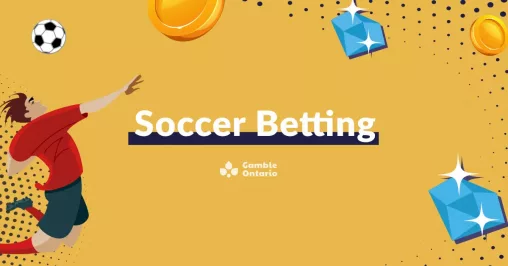

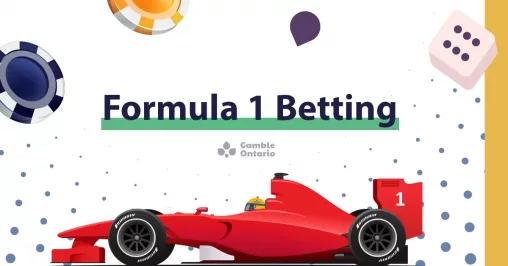



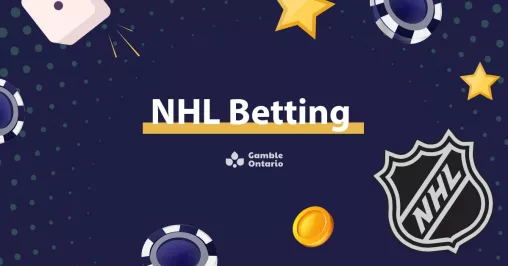



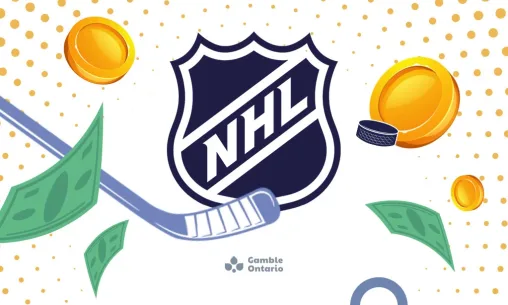





Rowan is a highly accomplished sports betting journalist with a proven track record of over 6 years in the sports media industry. He is widely recognized for his insightful coverage and thought-provoking commentary on major leagues like the NBA, NFL, and NCAA.







